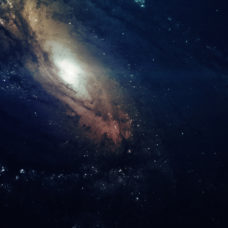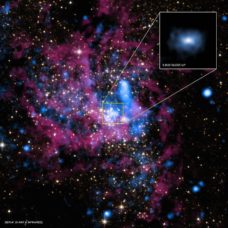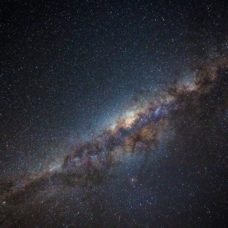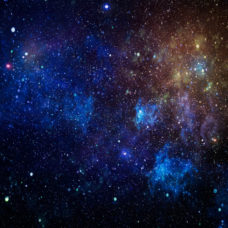Over a century after Albert Einstein proposed the theory of general relativity, scientists were able to confirm it under new circumstances.
The latest discovery was confirmed by the researchers while observing the Sagittarius A*, the supermassive black hole located at the center of the galaxy. The said black hole produces the most extreme gravitational force in the Milky Way, causing stars many times more massive than our sun to orbit around it at excessive speeds.
Since the 1990s, a team of researchers led by Reinhard Genzel from the Max Planck Institute for Extraterrestrial Physics in Garching, Germany has been tracking the journey of one of these stars called S2. Using the Very Large Telescope at the European Southern Observatory in Chile, they were able to watch the star travel in elliptical orbit around Sgr A* for the past 20 years.
Last May, Genzel and his team pointed their instruments to S2 as it passed close to the black hole. Among these instruments was an interferometer which combines the light from four 8-meter telescopes known as the GRAVITY.
Using Gravity, the researchers were able to measure S2’s speed which is said to be over 15.5 million miles per hour or more than 4,300 miles per second. Although it sounds fast, that’s still only around 3 percent of the speed of light.
Other instruments at the observatory measured the speed at which S2 traveled toward or away from Earth while it swung by Sgr A*. With the help of all the data gathered by the instruments, Genzel’s team was able to detect the star’s gravitation redshift. The detection was the first ever made near a supermassive black hole.
Gravitation redshift is the phenomenon in which the light of a star is stretched by the black hole’s extreme gravitational force, resulting in longer wavelengths. This event is reportedly consistent with the predictions from Einstein’s theory of general relativity.

“This is the second time that we have observed the close passage of S2 around the black hole in our galactic center. But this time, because of much improved instrumentation, we were able to observe the star with unprecedented resolution,” Genzel said.
“We have been preparing intensely for this event over several years, as we wanted to make the most of this unique opportunity to observe general relativistic effects.”
Genzel and his team’s findings have been published in the journal Astronomy & Astrophysics.



















Comments (0)
Most Recent